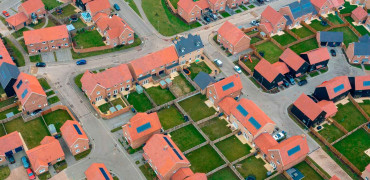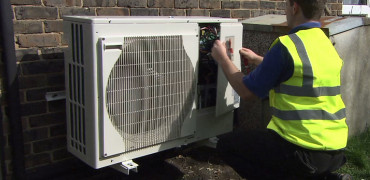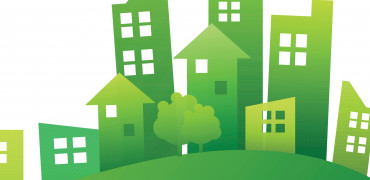I first became aware of the city’s influence on climate change when I saw a poster for Sustainable St Albans Week – a week in November which consists of community events and seminars to raise awareness on issues affecting St Albans life. These issues include the local countryside, food, nature, clean air, community, cutting waste and carbon and supporting clean energy – with the overall objective of protecting the district for future communities.
Although the week isn’t organised by the council, they are a supporter of the event and off the back of it, I have been inspired to search and uncover just how much sustainability and combating climate change in the community has become a part of the council agenda.
Greening the district
One of the main things the council have been attempting to do over the past 10 years is reduce emissions. In 2006 it signed the Nottingham Declaration on Climate Change, setting the target of reducing emissions in the district by 3% a year until 2025. The reduction on emissions included targets for buildings, operations and services.
From looking at the council’s Climate Change Action Plan 2017 it also lists its other commitments as reducing the council greenhouses gas emissions by 1.18% per annum and integrating climate resilience adaption into buildings, operations and services across the district.
To achieve these commitments they have looked into improving processes for managing energy consumption of council owned buildings. Over coming years they are also looking at implementing an automatic reporting functionality to better allow building managers to monitor energy consumption and identify potential opportunities for energy demand reduction.
Furthermore, they will continue to integrate energy efficient and renewable energy technologies into the design of new buildings and refurbishment projects – I think renewable heat pumps, mechanical ventilation with heat recovery and low GWP air conditioning systems like R32 would be ideal in achieving these plans. In fact, in their March 2017 Progress Report, an air source heat pump is being installed into the new museum and gallery so I look forward to monitoring its progress!
Other actions and measurements include LED lighting and energy efficient IT equipment in council owned buildings, the continuation of their Green Travel Plan, developing walking and cycling strategies and continuing their Air Quality Management Plan.
For residential council homes, the council has a Home Energy Conservation Plan aimed at reducing energy use. The plan currently actions installing A-rated boilers, roof insulation, cavity walls, double glazing and energy efficient lighting. However, again I think looking at adding renewable technology here would also be a great idea because of the potential energy and fuel bill savings; in fact, when it comes to air source heat pumps there have already been great results for social housing properties which you can read more about here.
In the meantime, in their March 2017 Progress Report renewable heating systems are already being considered in council houses in St Albans due to the additional benefits of the Government's Domestic Renewable Heat Incentive.
Greening the community
The council also promotes other local organisations and community groups that can help everyone in the area to green the community.
These include:
-
Transition St Albans
A group which finds positive and creative ways to locally address the climate change challenge
-
Transition Streets
A group which brings neighbourhoods together to cut their household bills and carbon footprint
-
Green our Herts
A group providing information on local events and schemes
-
St Albans Friends of the Earth
A group which is part of organising Sustainability Week and who are keen to do what they can to improve our environment. Their campaigns include The Great British Bee Count and St Albans Deserves Clean Air
And there are so, so many more!
The council and the community also support recycling, protecting the woodland, street care and cleaning, environmental health and pollution, animal welfare and greener living.
Climate change, sustainability, emission reductions and an overall support of greener living is clearly more than just a council issue, it’s something that the whole community is and can be a part of – and it’s great to see my local council identifying the issues, striving for the changes and supporting community groups.
In fact, from recycling household waste, to opting for greener travel or even attending a Sustainable St Albans Week seminar, it’s clear that as part of the community I can do as much or as little to contribute to the overall picture of healthier St Albans and a healthier world.
But my question to you is - what is your local council doing?
Ellina Webb is a Marketing Specialist at Mitsubishi Electric
If you have any questions about this article, you can contact us via email. Or if you would like to tweet us, please follow our MEUK_LES twitter page.
We upload new articles every week so remember to check back regularly.
You can also sign up for our monthly newsletter below.



